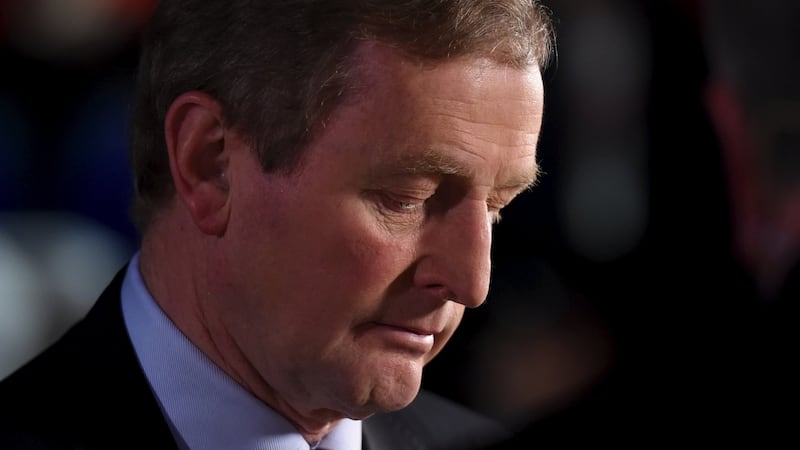The main options are:
* Fine Gael-Fianna Fáil coalition: a full coalition would have a large majority, but it is not favoured by many FF TDs . Fianna Fáil would have to get a deal ratified at a special ard fheis.
* Fine Gael minority government, with Fianna Fáil support: known as the "Tallaght 2" strategy", this appears to be Taoiseach Enda Kenny's favoured option. It may have attractions for Fianna Fáil who would have a strong influence on government policy without having frontline responsibility.

* Fine Gael-led government with others, such as Labour, Social Democrats, Green Party and Independents: difficult to put together, and even more more difficult to sustain. Labour appears unwilling to go into government.
* Fianna Fáil and others, such as Labour, AAA-PBP, Social Democrats, Green Party and Independents: even less likely to happen on account of the seat numbers. Michéal Martin will be nominated when the Dáil meets to elects a Taoiseach on March 10th, but most unlikely to secure a majority.
* Fianna Fáil-Sinn Féin and others: this is extremely unlikely since Fianna Fáil has said it will not deal with Sinn Féin and Sinn Féin has said it will not go into government as a junior party.
* AAA-PBP, Sinn Féin and Independents could seek support from the two biggest parties for forming a government they would support: Fine Gael and Fianna Fáil say that these TDs have a democratic responsibility to play their part, in forming a government, but they display little appetite for such a role and their numbers may limit any potential role.
* Sinn Féin and others: it is not possible for Sinn Féin to gather sufficient numbers to support Gerry Adams in a Dáil vote for Taoiseach.
* Minority Fianna Fáil government, with Fine Gael support: This is the mirror of a Fine Gael minority government and on a numbers basis it is almost as plausible. However, it is unlikely to appeal to Fine Gael as they will have the higher number of seats.











